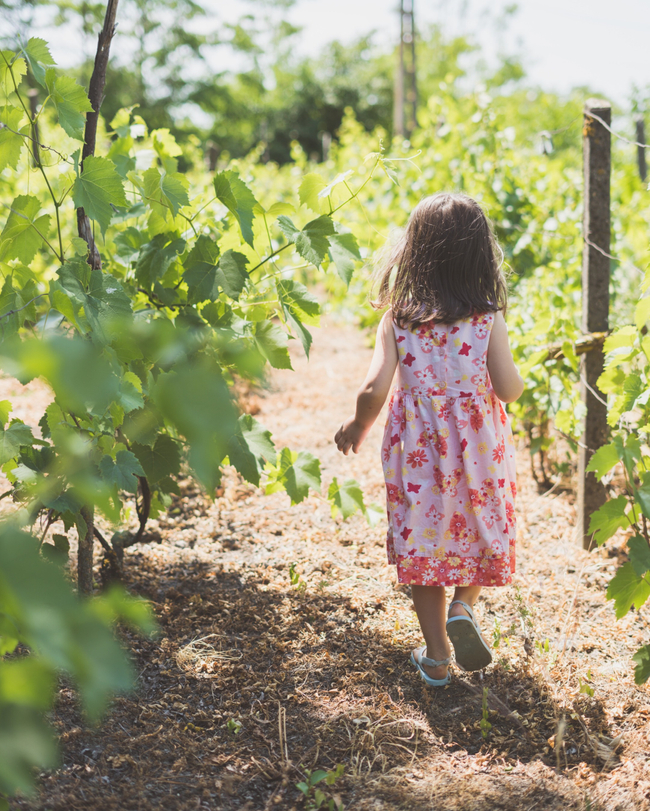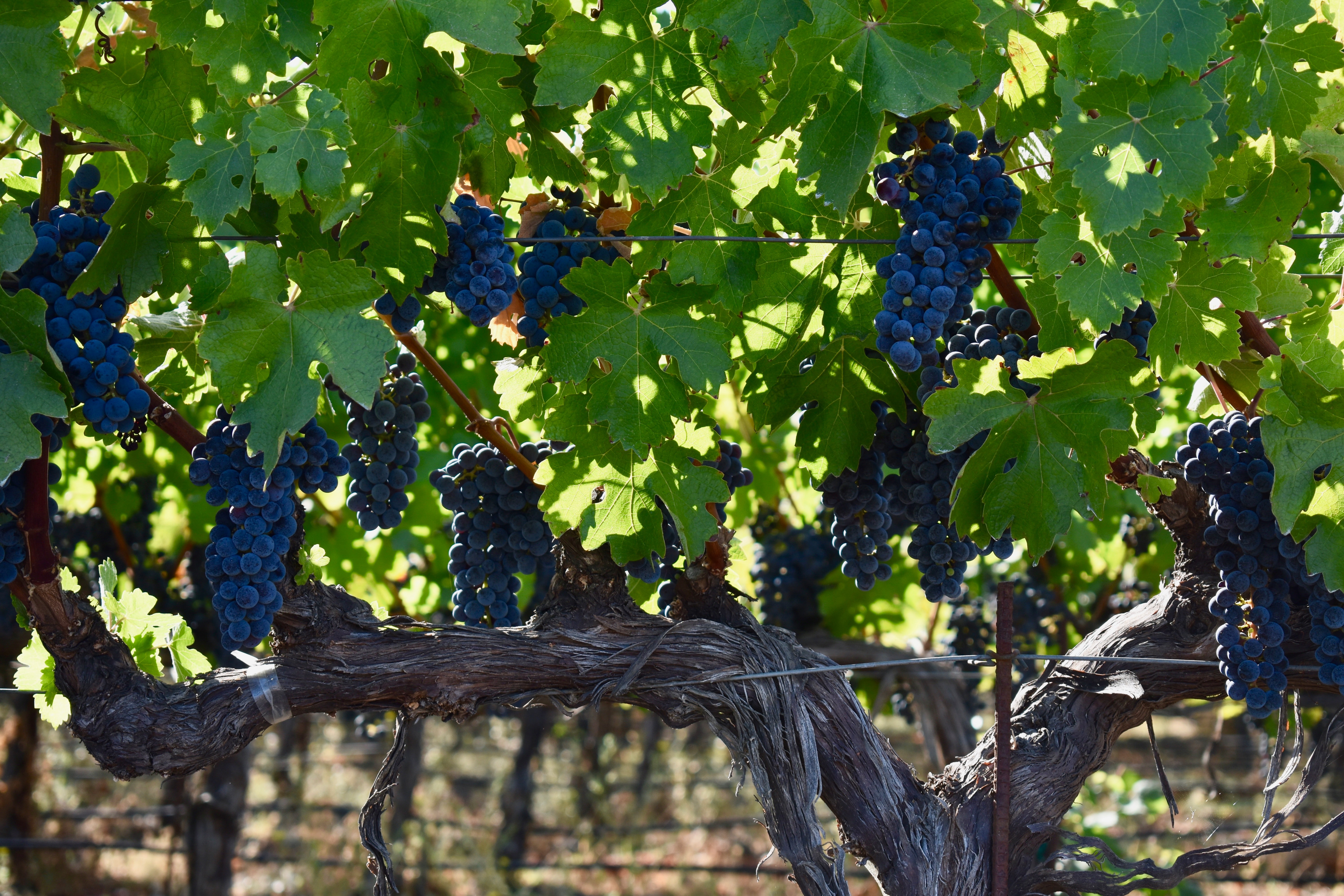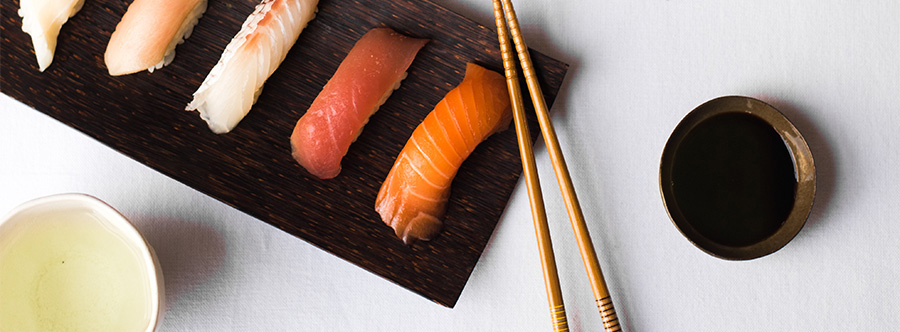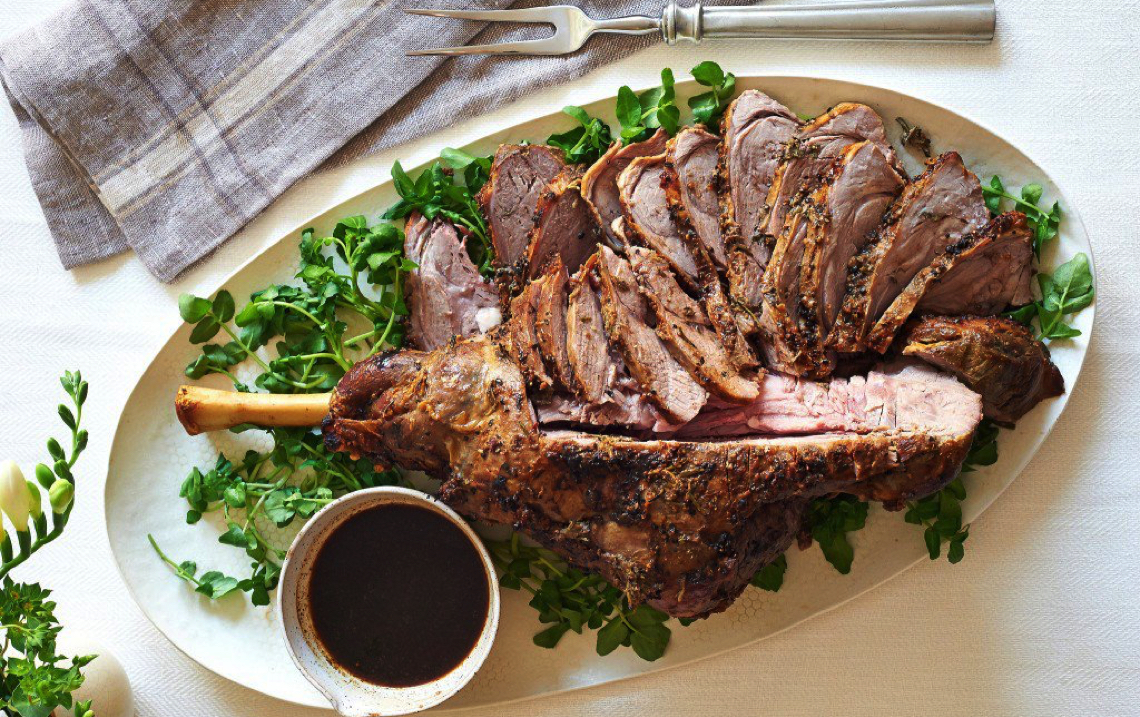How Bordeaux is Adapting to Climate Change
Climate change is affecting many of our planet’s industries, but perhaps no sector is more sensitive to its immediate effects than agriculture– and winegrowing is no exception. The Bordeaux region’s identity is defined mainly by their wines, so viticulturists have been watching closely to see what factors could have an effect, and learning how to best adapt their practices to protect the integrity and quality of these famous wines for the future generations.

Effects of climate change we see so far
In the Bordeaux region, there are specific effects of climate change that winegrowers are already starting to see. The average temperatures are increasing, and for now, that’s had a favorable impact on the wines. However, a prolonged shift of a 1° or 2°C temperature rise will begin to change the wines’ profiles. The region is starting to innovate and plan to make sure they can continue to offer wine lovers balanced, high-quality wines.
How Bordeaux winegrowers are planning for the future
Adapting farming practices
Bordeaux viticulturists are experimenting with changing their farming to better protect their grapevines from rising temperatures. Successful strategies have included everything from delaying pruning dates and limiting leaf thinning to protect grapes from the sun, to harvesting earlier in the season and at night to preserve the grapes’ freshness, to reducing the planting density to lower water stress.
One particularly newsworthy approach to adapting to warmer climates is the region’s recent authorization of new grape varieties allowed within Bordeaux AOC. Concerns like the quick ripening of core Bordeaux varieties like Merlot have urged the region to approve these new plants, and allow growers to plant a range of grape varieties for their blends that have different ripening periods spread over time. There have been several criteria for expanding the authorized varieties while still keeping an eye to preserving the typicity of the fruit quality and finished wines.
The seven varieties recently approved for planting in Bordeaux AOC and Bordeaux Supérieur AOC are red varieties Arinarnoa, Castets, Marselan, and Touriga Nacional, and white varieties Alvarinho, Liliorila, and Petit Manseng. These varieties have been chosen specifically to give winegrowers more options when adapting to climate change, but they’re limited to 5% of the planted vineyard area, and they cannot constitute more than 10% of the final blend. Also, keeping with the legal regulations for labeling, wineries may not list these varieties on their wine labels.
Prioritizing climate change research
Since 2003, Bordeaux has focused on research surrounding climate change, environmental impact, and plant material. And over the past ten years, nearly €2 million has been invested in this research with projects encompassing experimental vineyards planted to international varieties and different rootstocks.
Reducing Environmental Impact
In 2008, the Bordeaux wine industry assessed its Carbon Footprint for the first time and based on those findings committed to reducing greenhouse gas emissions. The region implemented a plan, and by 2013 has successfully reduced its carbon footprint by 9 percent.
Currently, the region is working towards a new set of goals: to reduce greenhouse gas emissions and water conservation by twenty percent, and to create twenty percent more renewable energy.
The Bordeaux region is confident that no matter what climate change brings in the future, they are well prepared to adapt. In evolving their farming practices, continuing to invest in research, and reducing their impact, they can continue to innovate and uphold the standard of world-class production that wine lovers have come to expect from Bordeaux.


